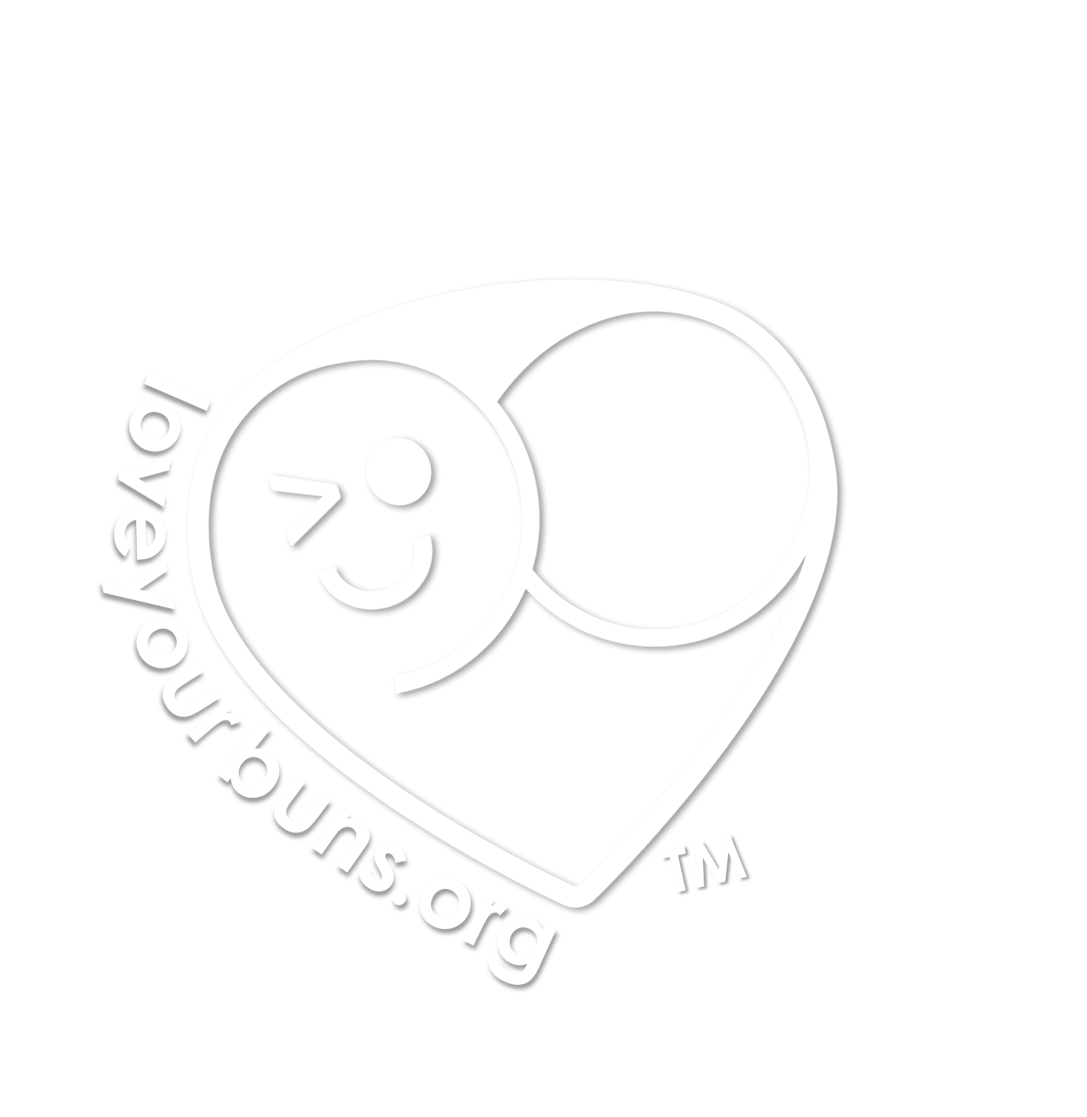
Jump to More About Bidets
Bidet use for patients struggling with LARS
Many long term sufferers of LARS have highly endorsed the usage of bidets for ongoing management of LARS, some swearing by bidets as the game-changer that allowed them some facet of a normal life. So what is it about bidets that really help patients with LARS? In this guide we will outline some of the proposed benefits of bidet usage, how these benefits ultimately impact patients, and briefly review some of the bidet options that are available on the market today.
First, an important disclaimer:
This guide and others on this site have been prepared on the basis of scientific literature, patient experiences, shared knowledge and testimonials. Where possible, we start by leveraging the documented scientific standards to back up all claims of benefits and risks, and we strive for transparency where such gaps exist. This guide is an example of an area with widely reported benefits from LARS patients all over the globe, however we do lack substantial scientific literature on the subject. As the science advances, we’ll be watching it closely. If and when clinical trials on this subject are initiated or completed we will be sure to communicate this to the community.
Best results come from combinations
Before going into it too far, it is worth mentioning that like any of the LARS management techniques, bidet usage is be best coupled with other management methods for optimal impact. Preliminary results from our LARS Patient Survey suggests that patients who are leveraging more techniques have better control of their symptoms on average.
How do bidets help patients with LARS?
From patient experiences and testimonials, we can say that similar to enemas or bowel irrigation, bidets in this setting are used primarily to stimulate stool evacuation and to ensure minimal residual fecal material in the rectum and anus.
The stimulation benefit from bidets encourages bowel motility, separate from the actual washing away of fecal matter in the rectum, which also helps to loosen up any stool that is further up in the sigmoid or colon, altogether allowing easier passage and fuller evacuation of stool.
Many patients report that usage of a bidet or enema helps keep the more intense LARS flare-ups at bay. Meaning, once rectal pain and inflammation are exacerbated, it can be difficult even for users of bidets or enemas to resolve unchecked inflammation or pain, but repeated ongoing usage can be very helpful in keeping it from escalating in the first place.
Thus the potential life impacting benefits that come from these effects are:
Reduced number of trips to the bathroom through more complete evacuation of bowel movements
Reduced time spent on the toilet, through more prompt and predictable bowel evacuation
Improved anal/rectal hygiene, potentially leading to a reduction in rectal pain and/or inflammation
If you have experiences using a bidet for LARS and would like to comment on the positives or negatives of bidet usage, please feel free to contact us, or if you have not yet done so, we would invite you to take part in our LARS Patient Survey where you can share your experiences and tell us what has worked, and what has not.
Jump to Bidet Use for LARS Patients
More about bidets
Cost - The cost of bidets range from a wide variety of options around $30 on Amazon up to a nearly $2,000₁ option that features a warm air dryer and personal memory settings for two users (bidet fixtures can run as high as nearly $7,000)₂.
Some bidets are mechanical rather than electric (using just water pressure, like your toilet does to flush). Most options on the market today are attachments that go on existing toilets, going under the toilet seat, while others replace the toilet seat entirely.
The installation of bidet attachments isn’t especially difficult, but being somewhat comfortable around plumbing fixtures is helpful. Most products should have installation instructions included, and for many you can also find instructions via YouTube videos. Attachments and seats should work with just about any type of toilet, while there can be some cases of the seat fitting imperfectly or could be the wrong shape (i.e., elongated, compact elongated, or round).
Attachments - Bidet attachments are a more affordable option, generally found under $100, and most seem to be in the $30-50 range. However, they don’t tend to offer as many features as bidet seats. For example, attachments will almost always be connecting directly to a cold water supply, which can be uncomfortable, especially for those who face cold sensitivity from oxaliplatin chemotherapy treatment or other similar sensitivity.
Pictured: Luxe Bidet 110, Fresh Water Non-Electric Mechanical, $28 as of January 2021
Bidet Seats - Seats are certainly more expensive than attachments, but can offer many additional benefits such as these:
Spray temperature control
Heated seats
Spray oscillation
Remote control
User presets
Warm air-dyer
Self-cleaning
Stand-Alone Bidets - these fixture based bidets are more than likely to cost more than the attachment or seat based bidets, especially since it requires the setup of plumbing fixtures and may require professional plumber assistance. These cost on average between $250-750, with highest being a Kohler product priced around $6,900.
Are bidets eco-friendly? Even for those who run their bidets longer and utilize higher amounts of water, bidets are still considered an improvement environmentally as they greatly reduce the need for toilet paper. Somewhat unexpectedly, bidets use less water, as it takes almost 37 gallons of water₃ to make one roll of toilet paper, compared to an estimated 1/8th gallons worth of water from bidet use.
References:
Consumer Reports (2020) Is a Bidet Seat Right for You and Your Bathroom?
HomeAdvisor (2021) How Much Does A Bidet Cost?
Scientific American (2009) Wipe or Wash? Do Bidets Save Forest and Water Resources?

